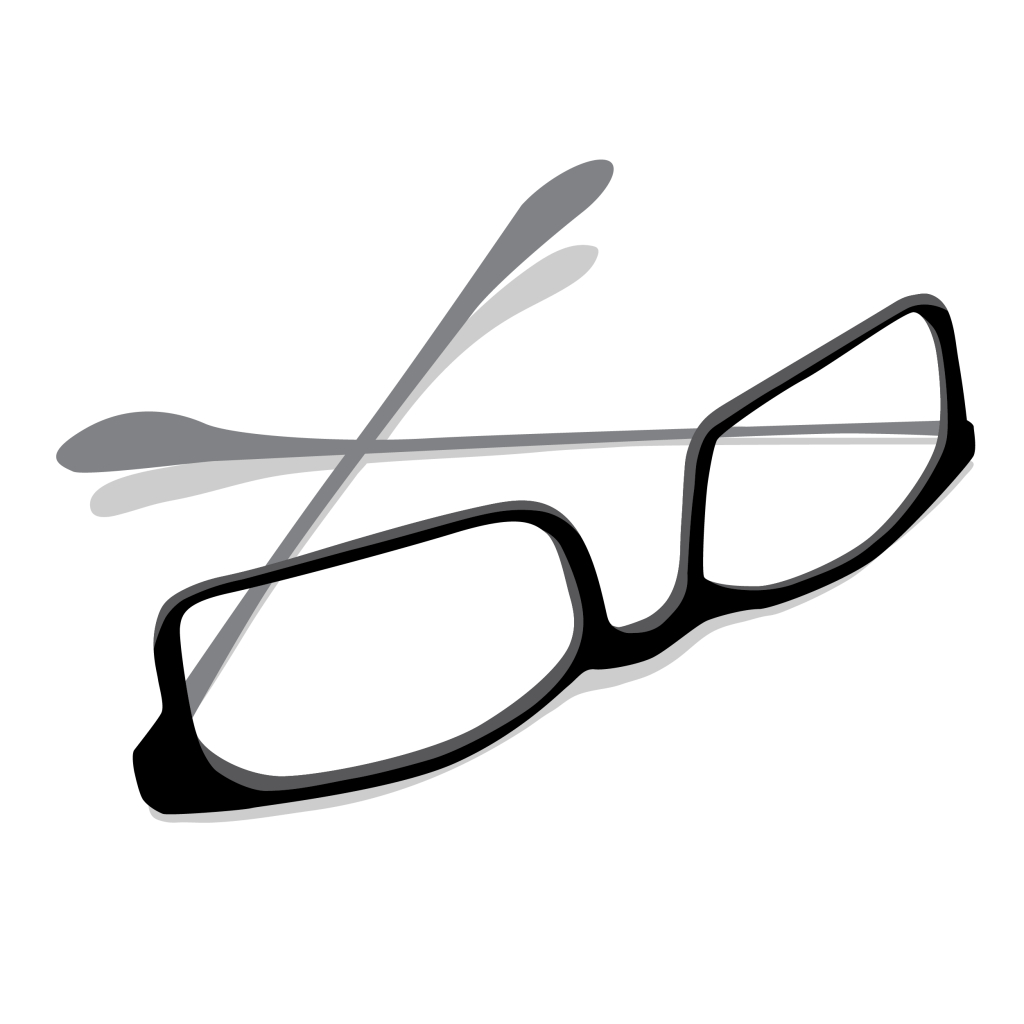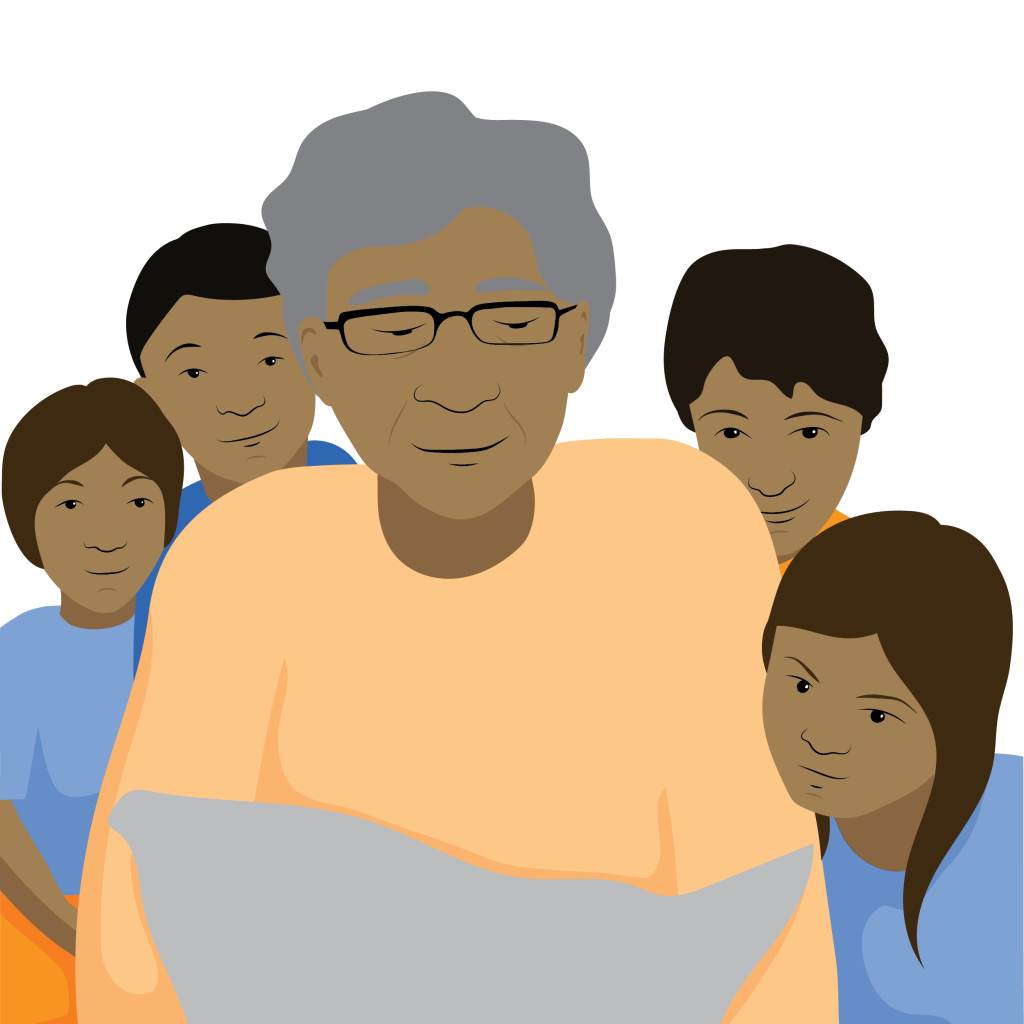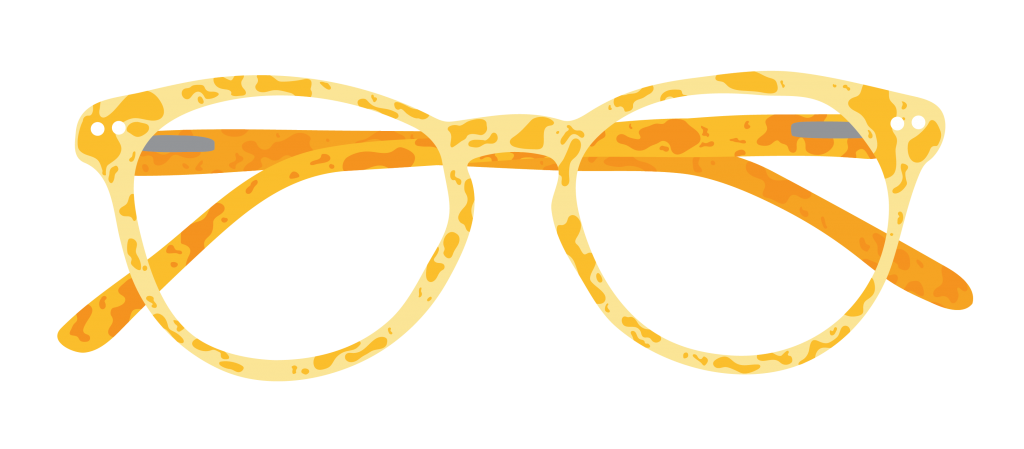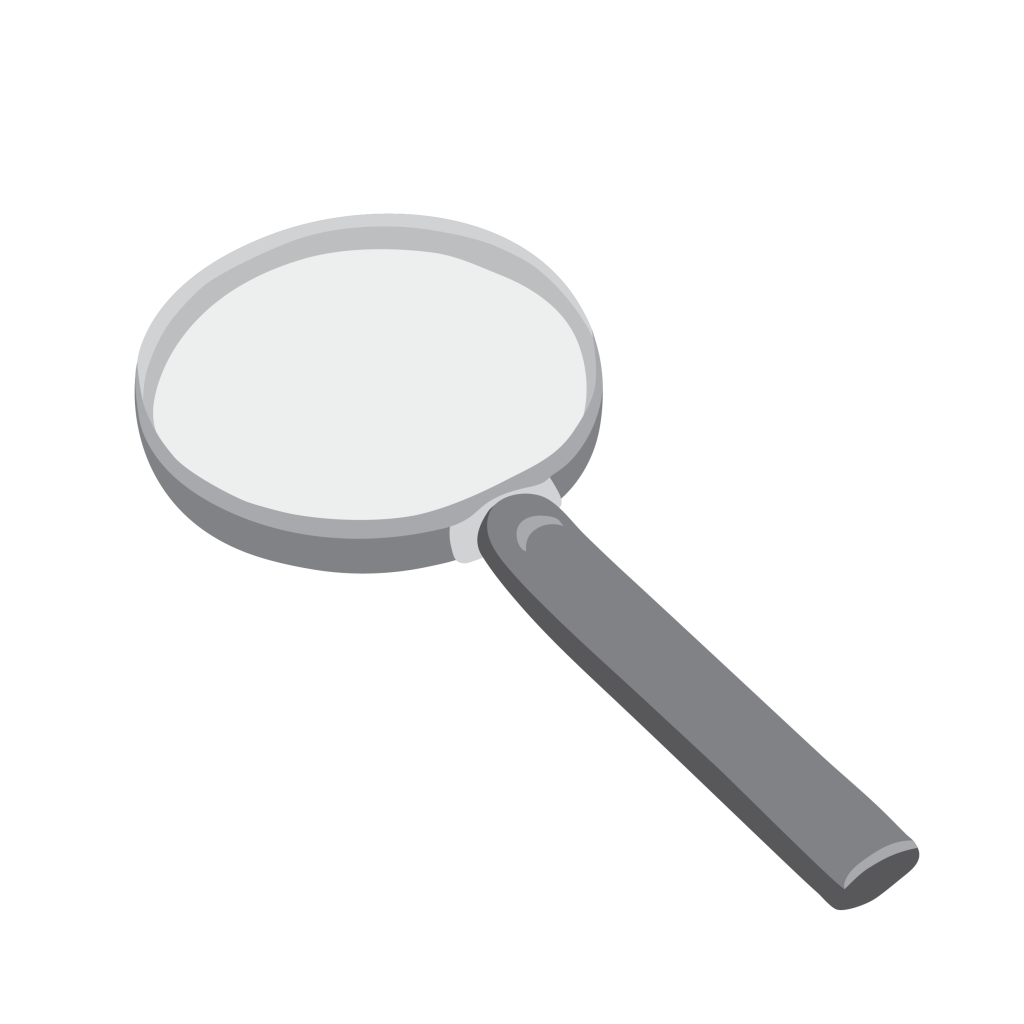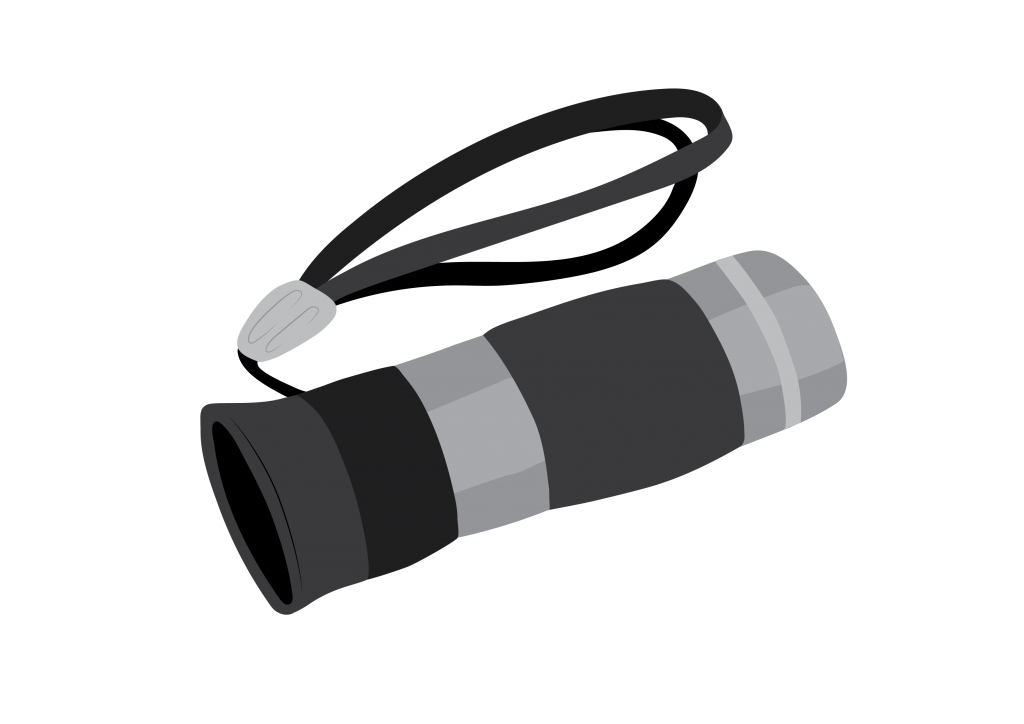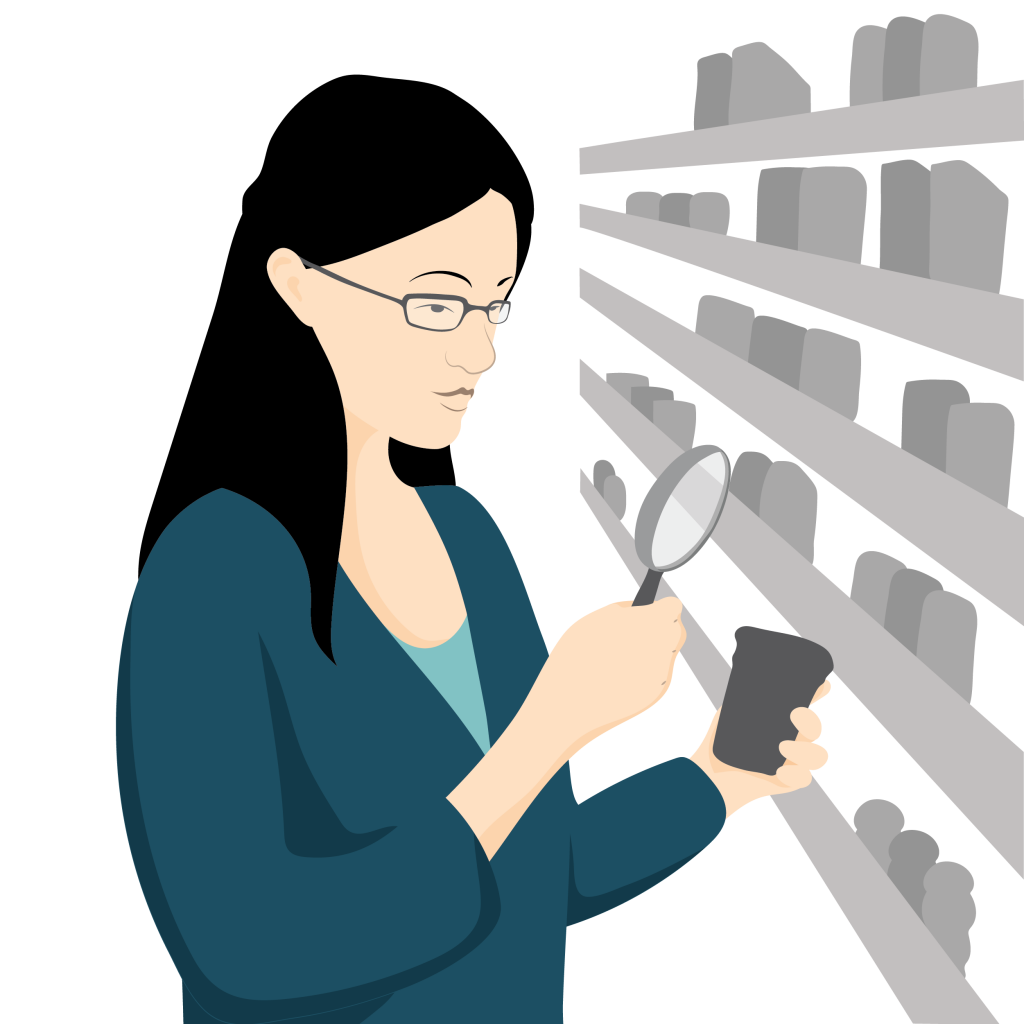Vision
Vision assistive products to correct or improve vision
Assistive products that correct or improve vision include:
Reading glasses, which make text or close objects look larger for the user.
Remember Malik?
Malik has presbyopia and is a tailor. When he was younger, he had no problems with his vision.
A few years ago, he noticed that he was having difficulty seeing when sewing. He was relieved to find that reading glasses solved the problem for him.
Prescription glasses, which are individually prescribed to correct or improve myopia, hyperopia and/or astigmatism.
Note: Providing prescription glasses is not included in TAP. Prescription glasses should be provided by people with more training.
Magnifying glasses, which make items that are close appear larger and therefore easier to see.
Telescopes, which make items in the distance appear larger and closer, and therefore easier to see.
Remember Ying?
Ying has low vision. She uses different assistive products to improve her vision.
- She wears prescription glasses which improve how much she can see.
- She uses a hand-held magnifier to see close objects and to read.
- She also uses a hand-held telescope to see things further away such as street signs.
Consent for use of information
Please let us know if you give consent for information collected during this training to be used for future reporting and research activities.
Check yes or no to each question below. If you select no, you are still very welcome to continue the training.
2. I understand that my de-identified information collected during this training (including this registration form, online feedback survey, quiz results and discussion forum) will be used in reporting and research to help improve TAP and improve access to assistive technology, and I give my consent for this.
Page
of
Show / Hide lesson topics
Page
Previous page
Next page
Show / hide menu
completed
not completed
in progress
not started
Expand All
Collapse All
module lessons
Search results pagination
Login
Username or email address
Password
Lost password
Main content anchor
Search
Close search
Lesson navigation
breadcrumb
Module menu
Topic navigation
See all
Menu
Site menu
User account related
Group secondary navigation
opens in a new tab/window
